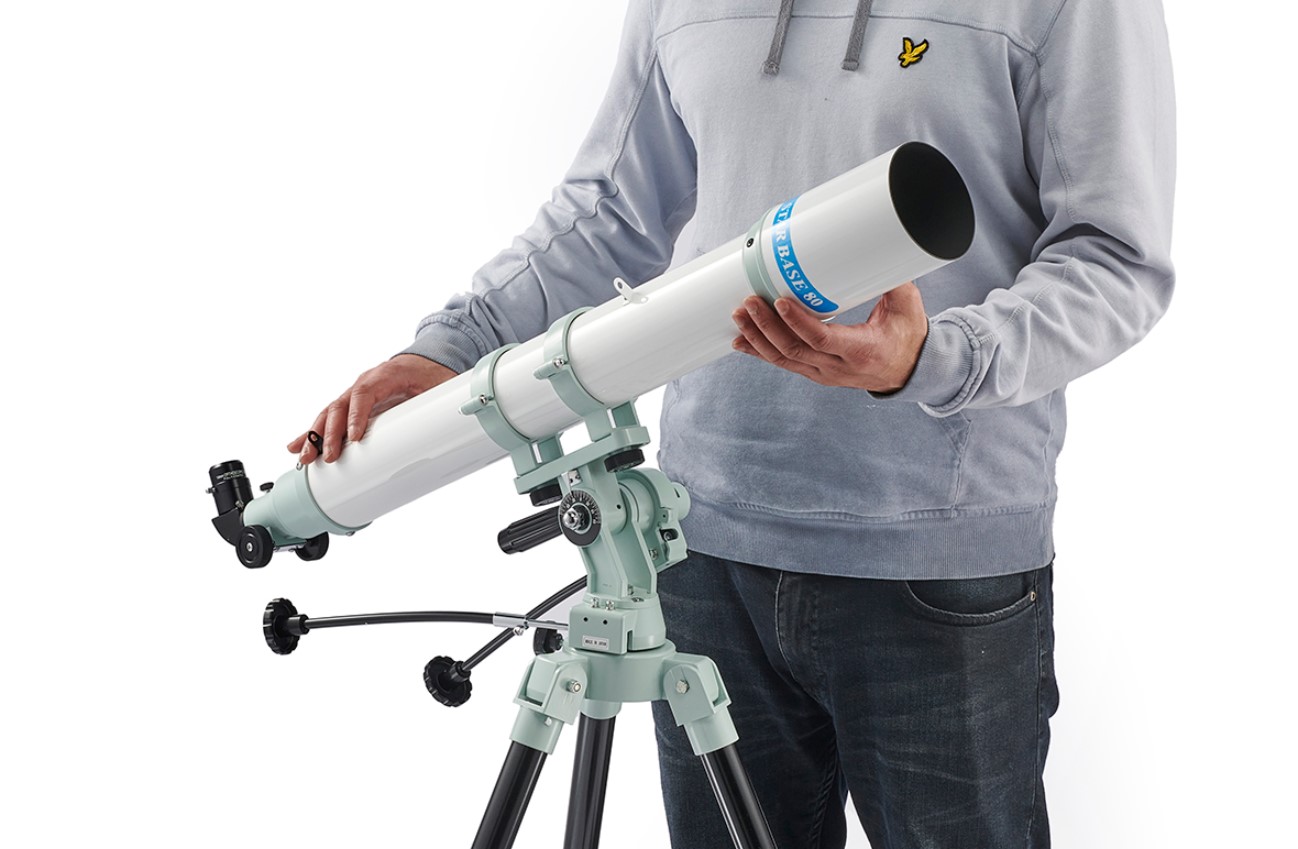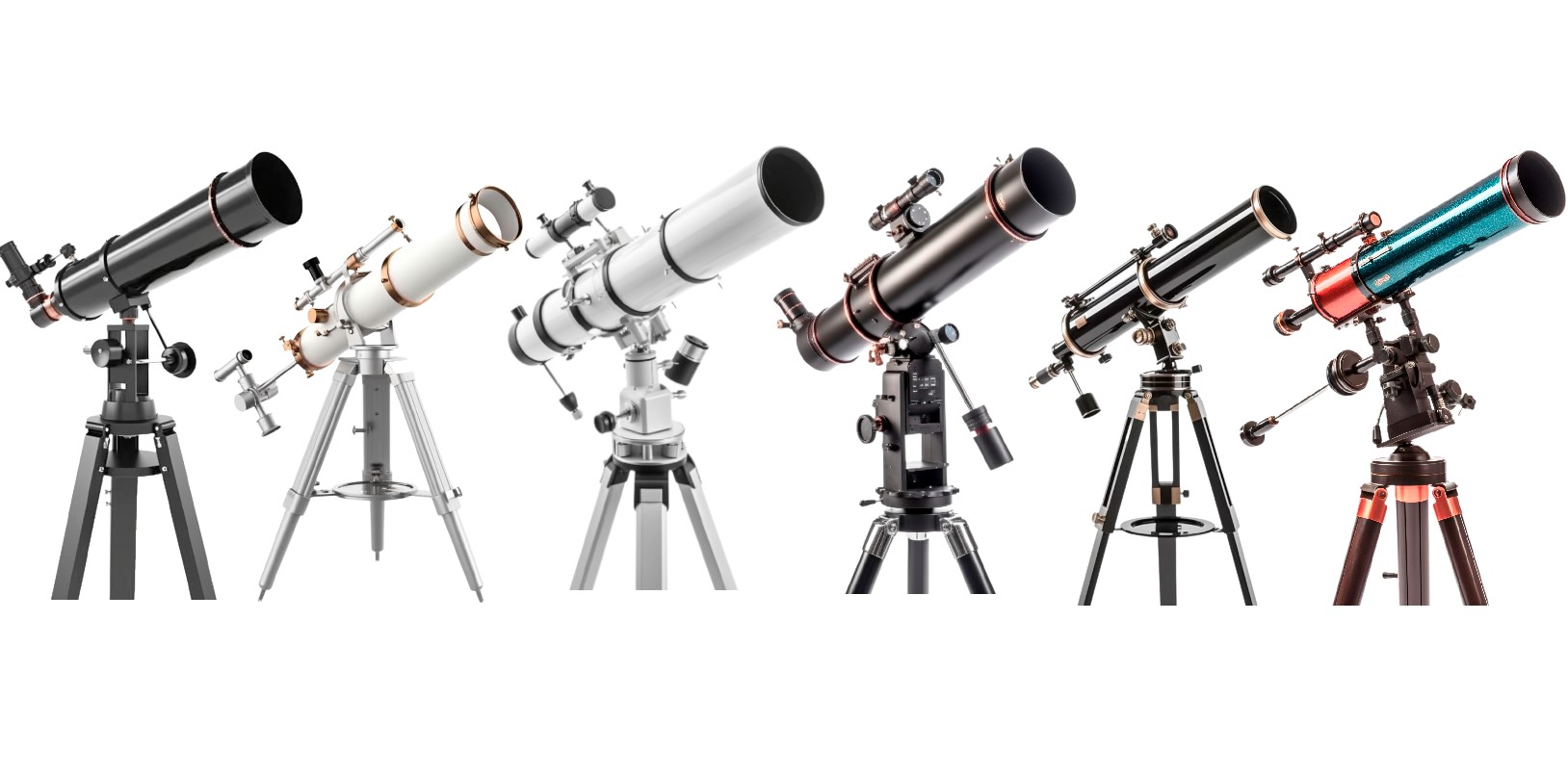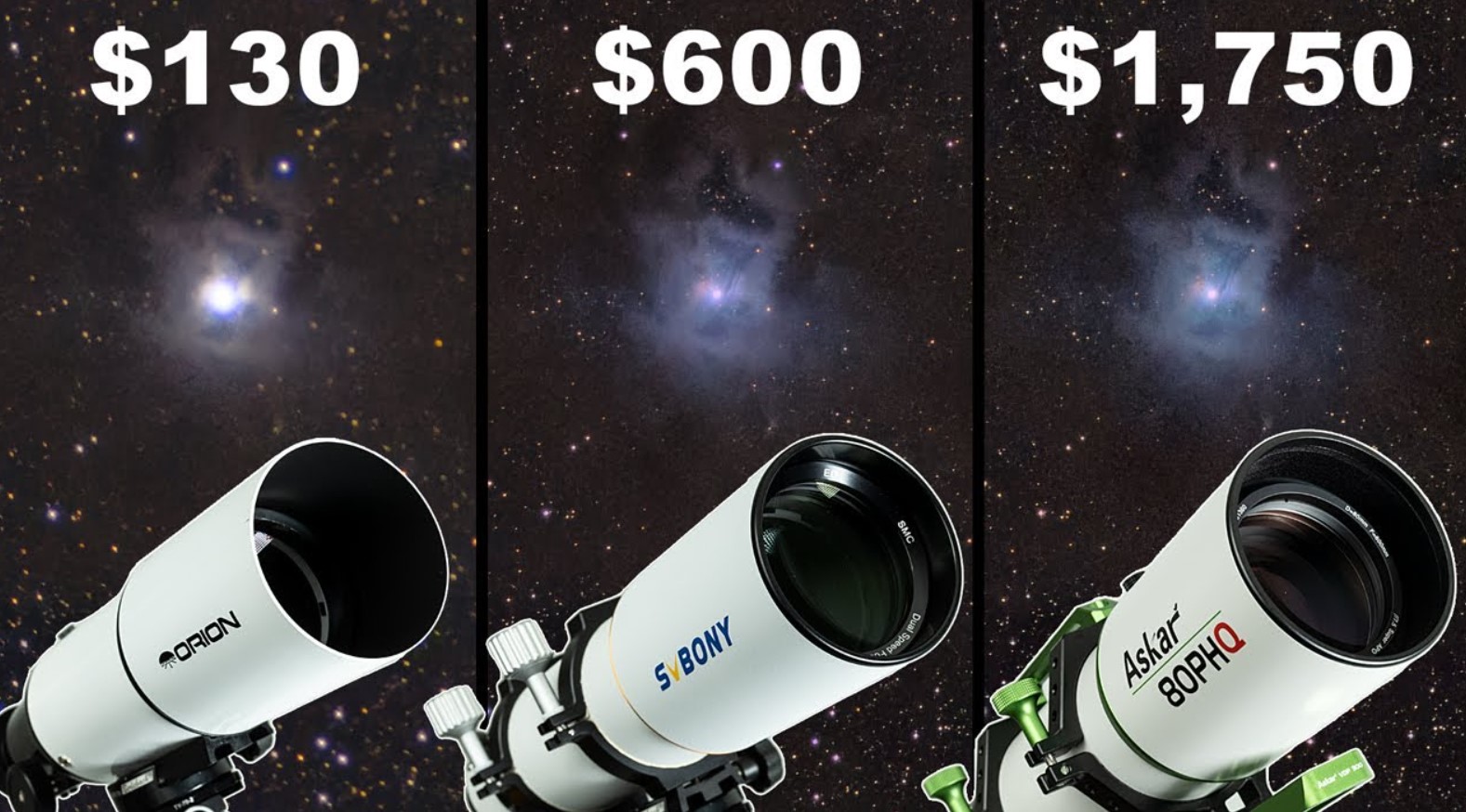On the off chance that you’re hoping to investigate the marvels of the night sky and look at the planets from the solace of your own home, putting resources into a telescope is quite possibly of the most intriguing and remunerating choice you can make. As 2025 methodologies, numerous people in India are quick to buy telescopes that consider perfectly clear perspectives on far off planets, the Moon, and even systems. Notwithstanding, finding the perfect telescope at the ideal cost can be a piece overpowering, particularly with such countless choices accessible on the lookout.
In this thorough aide, we will assist you with understanding the telescope prices in India for survey planets in 2025, feature factors that influence the expense, and offer significant ways to choose the right telescope for your necessities. Furthermore, we will examine some connected appeal watchwords and dig into subtleties like the expense of the Hubble Space Telescope for the individuals who are interested about further developed galactic hardware.
Investigating the night sky and noticing heavenly marvels like planets, stars, and cosmic systems is an exhilarating encounter for cosmology lovers. In the event that you’re thinking about buying a telescope in 2025, this guide will walk you through the fundamentals, remembering telescope price for India, ways to choose the right model, and assets to begin. We should make a plunge!
Understanding Telescope Price Range in India
The price of telescope in India fluctuates extraordinarily relying upon variables like brand, model, particulars, and the sort of telescope. For the most part, the costs for telescopes intended for planetary review can go from ₹5,000 to ₹2,50,000. Beneath, we will separate what you can anticipate from different cost ranges:
Before we examine the costs, it’s essential to comprehend what a telescope does and how it functions. Telescopes come in different sorts, each intended for explicit purposes:
- Refractor Telescopes: Ideal for review planets and the Moon. They use focal points to assemble light.
- Reflector Telescopes: Best for profound sky perceptions like systems and nebulae.
- Compound Telescopes: A half breed of refractor and reflector types, offering flexibility.

Budget-Friendly Telescopes (₹5,000 – ₹15,000)
These telescopes are great for amateurs who need to consider making the plunge in stargazing and planetary perception. They are ordinarily little, versatile, and simple to utilize. You may not get the most elevated amplification or the most clear perspectives on far off planets, however they’re a decent beginning for those with a restricted financial plan.
- Model: The Celestron 50AZ Refractor Telescope is an incredible section level choice that normally costs around ₹7,000 – ₹10,000. It gives respectable planetary perspectives and is great for easygoing onlookers.
- Connect: Look at the full surveys and purchasing guide on telescopes for amateurs at updateorbit.com.
Mid-Range Telescopes (₹15,000 – ₹50,000)
Mid-range telescopes are fantastic for lovers who need a more vivid survey insight. These telescopes by and large have better optics, sturdier mounts, and higher amplification power, making them reasonable for noticing planets like Jupiter, Saturn, and Mars with more detail.
- Model: The Sky-Watcher Legacy 130P is a well known model inside this reach, valued around ₹25,000 to ₹35,000. It has a 130mm opening, which offers great light-social event capacity, empowering better perspectives on planetary subtleties like the rings of Saturn.
- Connect: For additional subtleties on the Sky-Watcher Legacy 130P, check Telescope Survey by Sky and Telescope.
High-End Telescopes (₹50,000 – ₹2,50,000)
For the individuals who don’t as a rule mess around with cosmology, top of the line telescopes offer outstanding quality and high level elements. These telescopes have huge openings, mechanized mounts, and high level optics, permitting clients to notice far off planets and other heavenly bodies with noteworthy lucidity. They additionally accompany highlights like GPS route, programmed object following, and the sky is the limit from there.
- Model: The Celestron NexStar 8SE, valued around ₹1,20,000, is a top of the line model that incorporates a 8-inch gap, modernized following, and a GoTo framework for tracking down divine items effortlessly.
- Connect: Investigate top of the line telescope choices at NASA’s telescope guide.

Factors Affecting Telescope Prices
While deciding the telescope value, taking into account different variables that impact the general cost is fundamental. These variables influence your spending plan as well as assume a part in how well you will actually want to notice planets and other heavenly items.
1. Aperture Size
The opening alludes to the measurement of the telescope’s principal focal point or mirror. The bigger the opening, the more light the telescope can assemble, coming about in more clear and more nitty gritty pictures of planets. Notwithstanding, bigger openings will generally expand the expense of the telescope essentially.
2. Mount Type
The mount is the design that upholds your telescope. Telescopes accompany two sorts of mounts: Elevation Azimuth (up/down, left/right development) and Tropical (following heavenly articles as they get across the sky). Mechanized mounts normally cost all the more yet offer upgraded convenience and accuracy.
3. Optical Design
Telescopes come in various optical plans like Refractors, Reflectors, and Catadioptrics. Refractors are more reasonable for planetary review and are for the most part more costly for a similar opening size, while Reflectors offer a lower cost for bigger gaps.
4. Brand and Quality
Legitimate brands like Celestron, Meade, and Sky-Watcher ordinarily offer greater telescopes that accompany prevalent optics, better development, and dependable execution. While these brands might charge a top notch, they give genuine serenity as far as item sturdiness and guarantee support.
Choosing the Best Telescope for Planetary Viewing
While choosing a telescope for planetary review, it’s critical to zero in on factors like amplification, gap, and convenience. Here are a few hints to assist with directing your dynamic interaction:
1. Look for a Moderate Aperture
For planetary perception, a telescope with a gap somewhere in the range of 70mm and 130mm is many times ideal. A bigger opening isn’t generally essential since planets like Saturn, Jupiter, and Mars are moderately splendid and don’t need immense gaps to find exhaustively. A 90mm to 120mm refractor or reflector telescope ought to offer magnificent perspectives on planets.
2. Consider an Equatorial Mount
On the off chance that you’re significant about astrophotography or need exact following of planets as they get across the sky, pick a telescope with a tropical mount. These mounts take into consideration smooth following, diminishing the requirement for consistent changes during perception.
3. Prioritize Ease of Use
In the event that you’re beginning, pick a telescope with easy to use highlights like a basic mount and simple gathering. Numerous novice telescopes accompany pre-collected parts and a clear arrangement process. You can continuously move up to additional modern models later as you gain insight.
The Cost of the Hubble Space Telescope
While most novice stargazers can’t manage the cost of the Hubble Space Telescope (HST), it’s actually quite significant the sticker price for this space-based telescope. The Hubble Space Telescope, which was sent off in 1990 and has altered stargazing, cost around $2.5 billion USD (about ₹1,80,000 crores). In any case, the Hubble Space Telescope isn’t accessible for public buy, and its colossal expense mirrors the extraordinary innovation, examination, and framework expected to keep up with it.
Hubble Space Telescope Price vs. Other Telescopes
Assuming you’re interested about the relative cost contrasts, it’s critical to comprehend that the Hubble Space Telescope is a logical instrument implied for space investigation, not a buyer grade telescope. While contrasting this with individual telescopes, for example, the Celestron models valued between ₹25,000 to ₹1,20,000, obviously beginner telescopes are undeniably more reasonable, permitting devotees to encounter a portion of similar cosmic peculiarities on a more limited size.

FAQs: Telescope Price in India 2025
1. What is the best telescope for viewing planets in India in 2025?
For planetary review, the Celestron NexStar 4SE and Sky-Watcher 130P are magnificent choices in the mid-range cost classification. They offer adequate amplification and great optics to see planets like Saturn and Jupiter with staggering point of interest.
2. How much does a good telescope cost in India?
The expense of a decent telescope in India regularly goes from ₹10,000 for essential models to ₹2,50,000 or something else for very good quality, mechanized telescopes. The cost relies upon highlights like gap size, mount type, and brand notoriety.
3. How much would it cost to build a Hubble Space Telescope?
The absolute expense of building and sending off the Hubble Space Telescope was roughly ₹1,80,000 crores (around $2.5 billion USD). This incorporates the turn of events, foundation, and progressing upkeep costs.
4. Can I view planets with a small telescope?
Indeed, even little telescopes (around 70mm to 100mm opening) are adequate to see definite perspectives on planets like Jupiter, Saturn, and Mars. Higher amplifications can assist with uncovering extra planetary elements.
5. Are expensive telescopes worth the price?
Costly telescopes commonly offer better optics, further developed highlights, and more noteworthy solidness. In the event that you’re searching for itemized planetary pictures and long haul delight, putting resources into a greater telescope can merit the cost.
Conclusion
Telescope price in India for review planets in 2025 range a wide reach, contingent upon your spending plan and necessities. Whether you’re simply beginning or currently an energetic stargazer, there’s a telescope accessible that meets your requirements. From spending plan well disposed models to top of the line, high level telescopes, you can set out on an excursion through the universe without burning through every last cent.
Putting resources into a telescope is a stage toward investigating the miracles of the universe. In 2025, telescopes in India take special care of different spending plans and mastery levels, guaranteeing everybody can appreciate stargazing. Whether you’re a novice or an accomplished space expert, the ideal telescope looks for you.
Read More Please Visit Our Website Click Here

